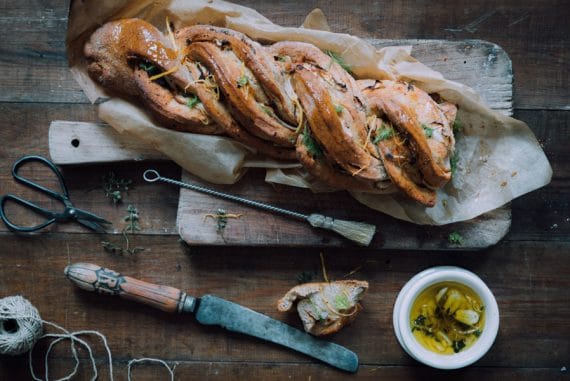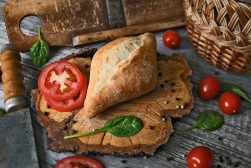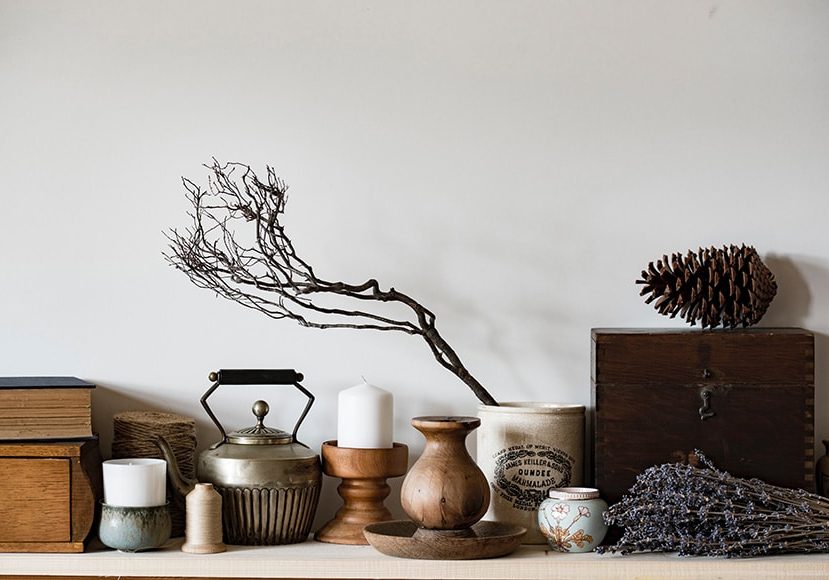
Still Life Photography: 23 Ideas, Tips & Examples for 2023
Get inspiration for your next Still Life Photography shoot and learn the tips, tricks & techniques used by professional photographers for amazing results.
Learn | Photography Guides | By Ana Mireles
Have you ever tried to do still life photography? It’s a wonderful way for photographers to practice and improve their skills.
If you’re not sure what it is or how to get started, this guide can be of great help.
You’ll find some great still life photography ideas, beautiful examples of still life photos for your inspiration, and 16 pro tips for you to try on your next shoot.
Before we get started, you should also check out this list of the most famous still life photographers.
Table of Contents
What is Still Life Photography?
Still life photography refers to pictures that feature an arrangement of inanimate objects. These can be organic – like food or flowers – or human-made.
It’s important to understand that still life photography can be broken down into two major categories: ‘created still life’ and ‘found still life.’ Which one your photography falls into depends on whether you planned and organized the still life or not.
It can be further sub-categorized according to the subject that the photographer decides to shoot (i.e., still life product photography) or technique (i.e., flat-lay still life photography).
16 Tips for Succesful Still Life Images
1. Prepare your equipment
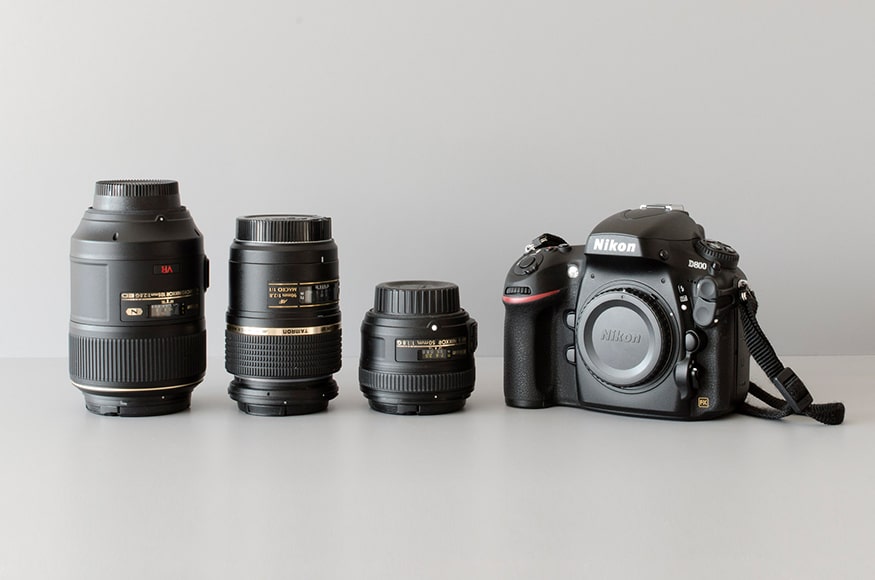
Still Life Gear of Garcia de Marina
- Camera
As Garcia de Marina said to Shotkit about his Nikon D800: “This camera allows me to work with large prints and retain great detail in the objects photographed. I do not need a fast camera because I only take photos in the studio with still elements.”
So, for professional still life photography, what you need to prioritize is resolution and image quality. Full frame cameras are the best choice then, but they can be costly.
If you can’t afford one just yet for still life photography, don’t worry, you can start with whatever camera you have – or even your smartphone.
You may also find this list of the cheapest full frame cameras useful.
- Lenses
Prime lenses are the best for still life photography because they offer sharper images, less distortion, and wider apertures than zoom lenses. Since you’re working in a studio setting (most of the time) and using still objects, you don’t need the versatility of a zoom.
Having said that, ideally, you still need a wide range of focal lengths.
A nifty-fifty is a good overall lens to start with for still life photography. It won’t cause any distortions because a standard 50mm offers a similar perspective to the human eye.
Then, a short telephoto (85mm or 100mm) with macro capabilities will widen the creative possibilities for your shooting. It will allow you to capture small subjects or experiment with selective focus.
A wide-angle lens will work well for bigger scenes or small scenes if you don’t have much room to step away from them. Something around 35mm will work well enough without causing much distortion.
As for product photography, here are the best lenses to take photos of products.
- Tripod
Using a tripod is key to still life photography. Having a steady point of view allows you to compose your image in the best possible way. Also, it will prevent any camera shake in case you have to work with slow shutter speeds.
Since you’re working in the studio, you don’t need to worry about weight, so get the sturdiest tripod that you can. Keep an eye on versatility, though, because you’ll need to move your angle of view.
Make sure the tripod head allows you to pan and tilt easily. For low-angle shots, you might find it comfortable to have a center column that can turn upside down.
Finally, for flat-lay photography of clothing etc., you might need a boom arm for your tripod.
Check out our guide to the best DSLR tripods here.
- Lighting
Many still life photographers prefer shooting with natural light. However, using reflectors and diffusers can be really helpful to manipulate the light.
2. Plan your scene
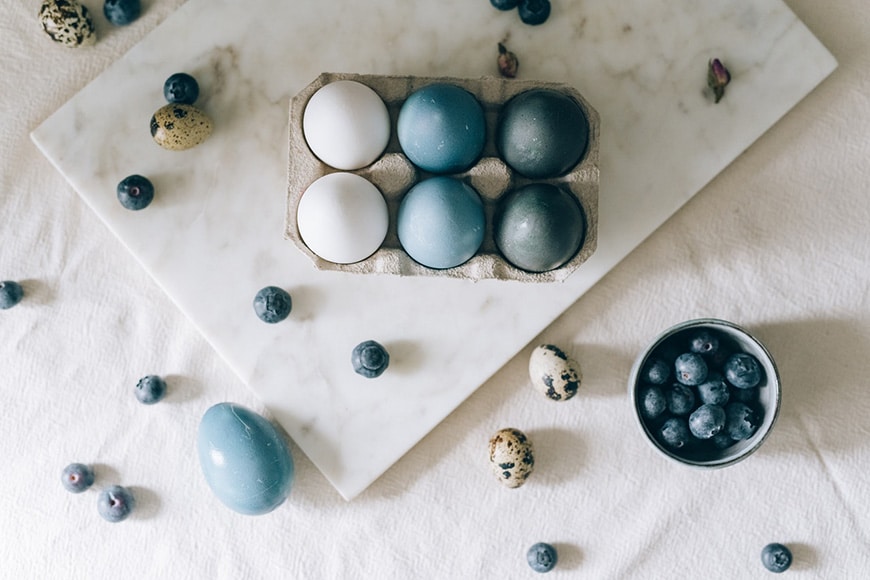
Credit: Olya Kobruseva
To create good still life images, you need to thoughtfully choose the elements and arrange them with care. Still life photography is all about the details.
One of the best ways to get started is by planning your shot. Think about the shapes, colors, and characteristics that you want before you pick the right object.
Try drawing your scene to decide on still life compositions; this will help you organize and execute the idea with better results.
3. Composition

Credit: Pixabay
Composition refers to the position of the objects inside the frame. Many rules can help you with this: the golden spiral, the golden ratio, the rule of thirds, the rule of odds, etc.
All photography needs good composition, but especially still life photography. Without it, you’d just have a bunch of objects that look like a mess, or your still life photos would simply be uninteresting.
Most cameras have a grid with the rule of thirds to help you compose and frame. If you’re practising with your smartphone, you can download a camera app with different grids.
Finally, you can fix up your still life photos using the crop tool and composition overlays in Lightroom. Although, it’s always better to get it right in-camera if you can.
4. Camera settings
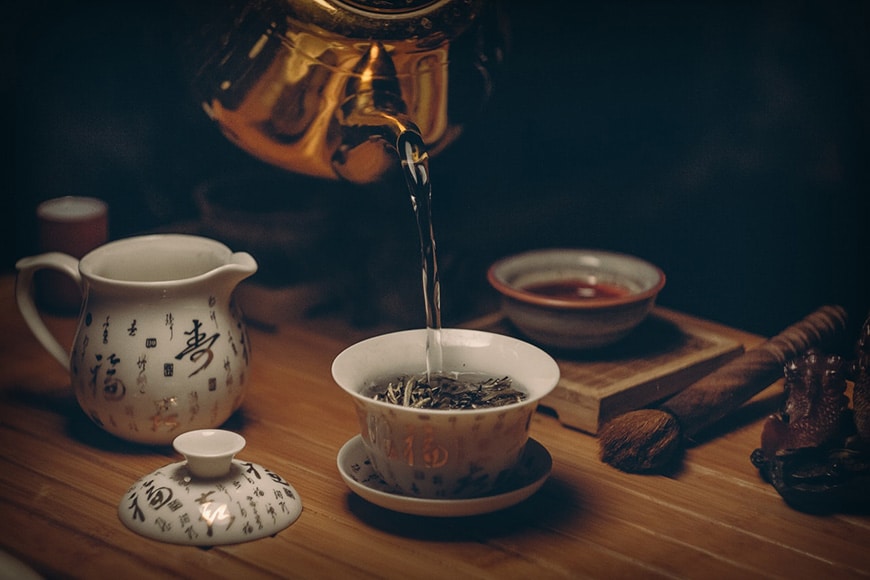
Credit: Nikolay Osmachko
As any professional photographer knows, it’s always best if you have control over the final result of the photograph. While the auto mode might give you a well-exposed picture, you don’t get to decide the rest.
For some images, it works better to have everything in focus; for others, it’s better to have a shallow depth of field. To control this, you need to shoot with the right exposure.
The same goes for the shutter speed. If there’s a moving element in the picture, such as water running or snowflakes falling, you have to decide if you want to freeze it or keep some motion blur.
Learning to use the semi-automatic programs such as aperture priority mode or shutter speed mode will improve your still life photos. Even better if you master the manual mode – see our beginner’s guide to camera settings here.
5. Backdrops
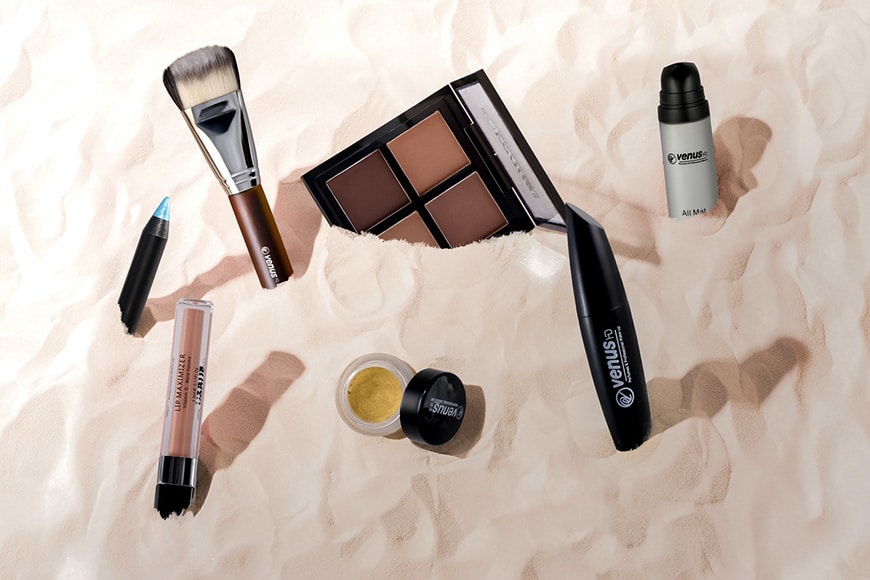
Credit: Venus HD Makeup & Perfume
The background is a big part of still life photography. You’re not photographing a product where you use a white backdrop to isolate and highlight the subject – here, the background is part of the scene.
To choose the right background, you need to ask yourself what kind of ambiance you want to set for your images.
For example, if you photograph a cup of coffee on wrinkled fabric, it looks like breakfast in bed – it’s cozy. If, instead, the coffee is on a wooden table, you’re already placing the viewer in the kitchen or a coffee shop – you’re up and active.
The rule doesn’t just apply to a flat backdrop. If you’re photographing a bouquet of flowers, are they outside? Do you see a garden in the back? Or is it happening indoors? What do you see behind them?
With the background, you’re establishing a scene where the story happens. It helps set the mood for your still life photography.
6. Choose the right light
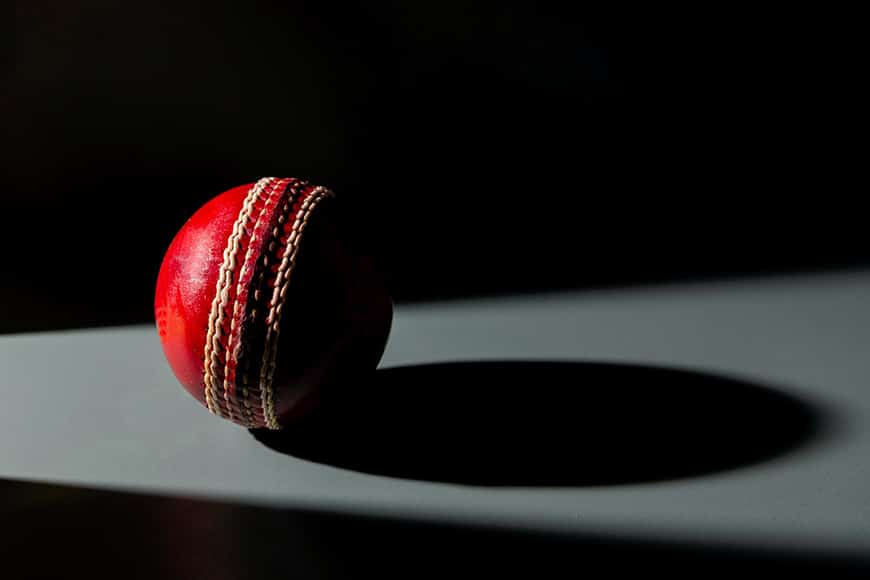
Credit: Jurie Maree
It doesn’t matter if you’re using artificial or natural light sources; finding the best quality of light and lighting setup for your still life photography scene is essential.
Lighting is important in still life photography because it helps you control the scene and create a mood. It’s different from using a hard light with strong shadows than a soft light that brightens evenly.
You can also choose between low-key and high-key lighting. These lighting setups are very popular in still life photography.
You can use low-key lighting in still photography to have a dark and moody ambiance and high-key lighting for a clean and ethereal look.
The light’s position is also important and often has to do with the shape and material of the objects. For example, glass benefits greatly from backlighting.
Stunning still if photography demands the right lighting setup to turn even the most inanimate subject matter into an interesting subject.
7. Angle of view
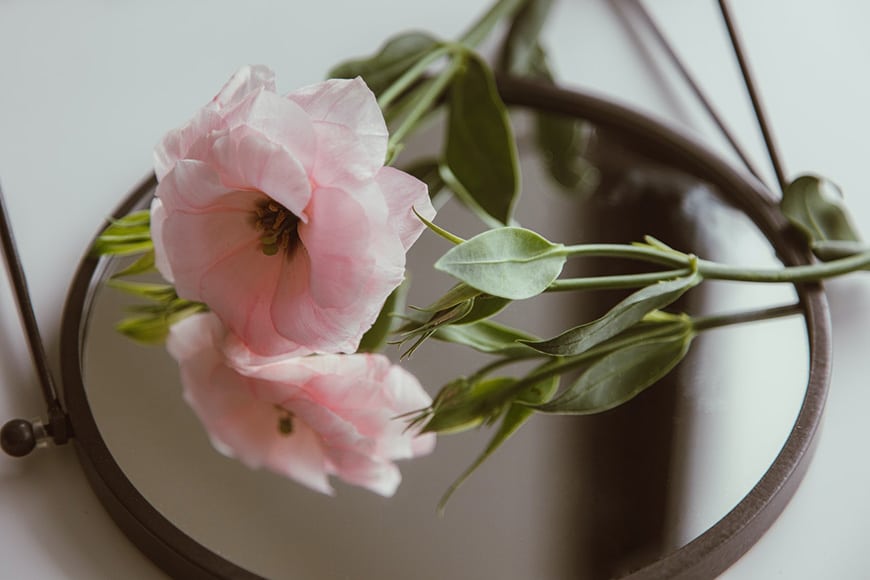
Credit: Roman Odintsov
A great way to improve your still life photography is by trying different points of view. Move around your set and capture the subject from various angles to add interest to the final shot.
When you do this, you’ll get the creative juices flowing, and everything changes in your photograph. The objects’ shape is different: think about a cake that’s a circle from the top but a rectangle from the side.
The perspective is also different because things that are closer to you will appear smaller than objects that are further away, and so on. Just by changing your position, you can get completely different pictures.
That’s why you’ll notice many photographers are always on the move, even when taking portraits or capturing simple objects. To move is to see the world in a different way.
8. Props
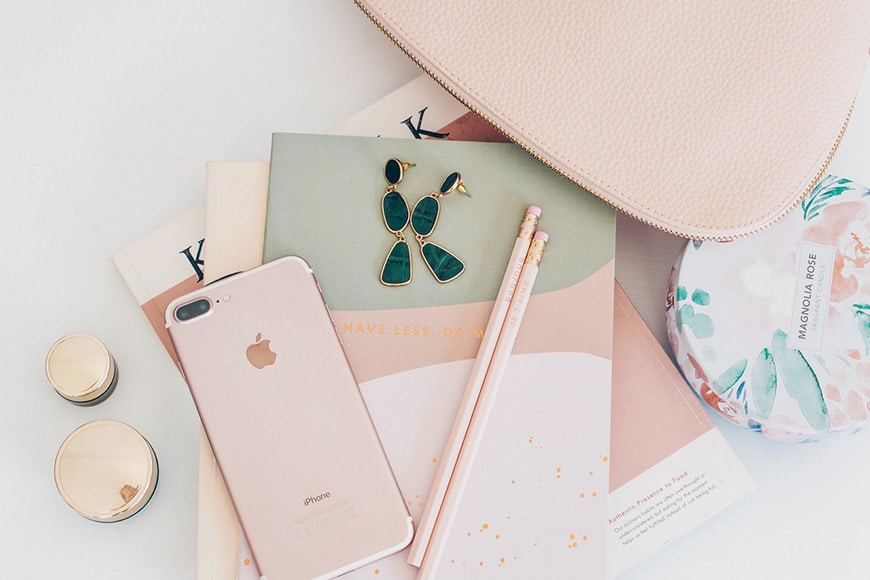
Credit: Jess Harper
Much like product photography, still life photography is all about still objects. When you photograph only one object and leave the rest of the frame empty, it can be a powerful image.
For this to capture effective still life images, it has to be done properly – and not all objects are suited for this.
Sometimes to make a compelling image, a still life photographer will add some props that act as composition elements. Classic still life images are renowned for the placement of props – it’s one of the essential photography skills for still life compositions. Make sure everything complements the scene, though – much like a classic still life painting.
For creative photography, use props that go with your main subject because they share a theme or a color – in other words, they make sense together. If not, you can try opposing things to play with other juxtaposition examples and create contrast in your image.
See our guide to props for newborn photography.
9. Prepare your subject
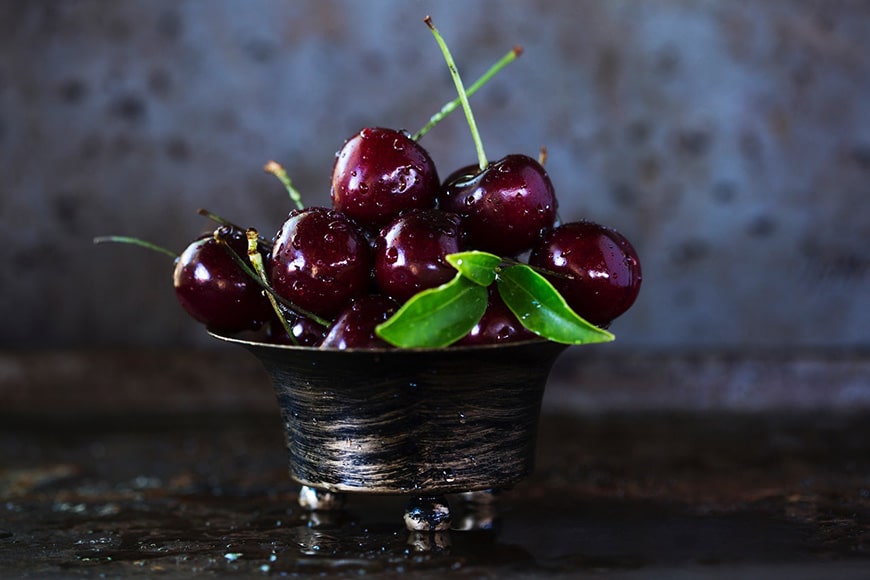
Credit: Wendy van Zyl
Before you get started with a still life photography shoot, it’s important to prepare your subject. There are many examples of still life photography skills that photographers use to enhance food or products to make them camera-ready.
A simple way to enhance a still life photo is by adding drops of water to a beer bottle or a glass of iced tea. It’s the best way to bring ordinary objects like a bottle of beer to life – condensation is a natural occurrence in real life.
You can be as creative as you want to enhance your still life photographs. Just be careful not to cross an ethical line if you’re doing professional product photography or food photography.
Preparing the objects in the scene is not only about enhancing or adding a wow factor; it’s also about attention to detail. If you’re working with silverware, you might want to polish it before setting your scene – the same goes for jewelry.
10. Color

Credit: Moose Photos
The use of color is a powerful tool in still life photography. It can be a source of contrast or a common theme between objects in the viewer’s eye.
You can guide the viewer’s attention through the scene by making objects pop thanks to photography techniques such as applying complementary colors. Another approach for still life shots is to steer the viewer’s eye to focus on shape and texture by using a monochrome color palette.
Other great still life photography ideas include using shiny things that bling against a black background, vibrant colors that pop, and warm-colored food items that tempt the eye and the tummy.
You can grab inspiration from art history and nature for some classic combinations or turn to design to see what’s currently trending.
11. Texture
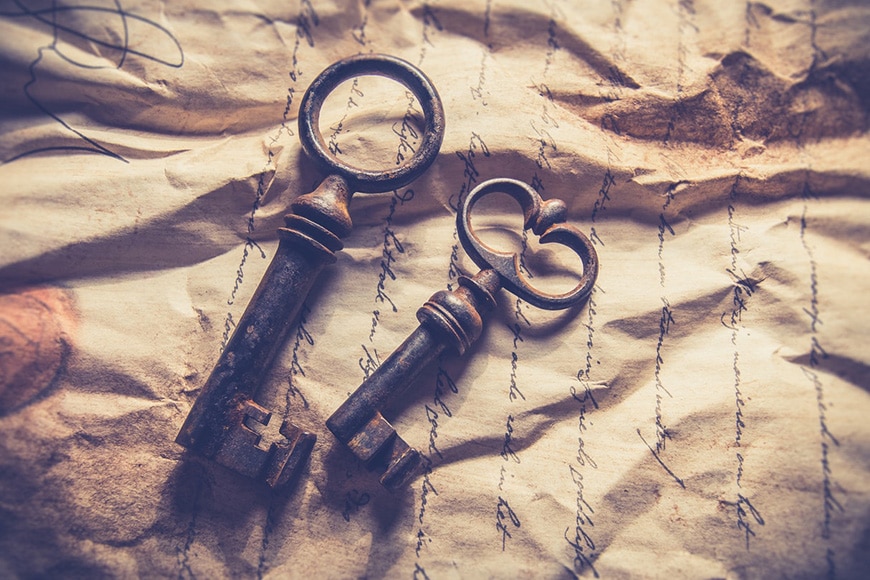
Credit: Ylanite Koppens
Texture can add visual interest to a still life photograph in your next photo shoot. Think about a tabletop scene: will the final image with a plate of steaming food look better on a white-polished table, or can it benefit from a rugged wood surface?
Using a textured background for fine art or product photography can create a contrast between the negative space and the subject. Of course, this isn’t a rule for all your images, but it works well in some situations.
Another important texture is the one that the still life subject provides. Think about an orange under the studio lights: would you rather see a flat shape or the texture of the peel?
To take creative control of the texture, you have to consider the object and the lighting. Remember that soft light coming from the front will flatten a texture. If you want to highlight it, use a harder light that comes from the side.
Even if shooting low-key images, you need complete control over the lighting to gain stunning still life photography. After all, food photography wouldn’t be the hit it is without getting the lighting right – even if using direct sunlight.
12. Storytelling
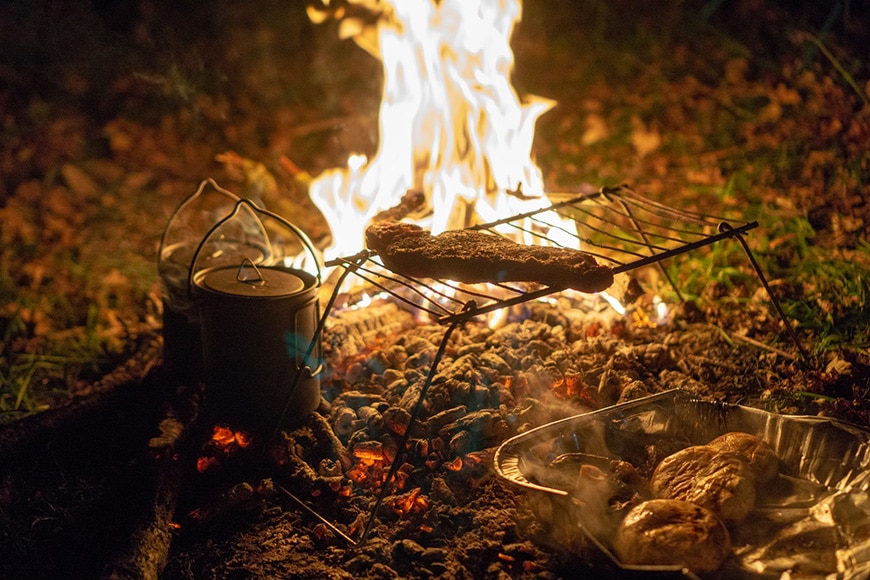
Credit: Gregorio Luiz Gomez
Any complete guide to photography tips will mandate that photography is an art form that’s all about storytelling.
Your photography portfolio should read like a picture book full of inspiration and art – no matter the unique genre you work with.
Still life photography is no different – it’s an excellent genre for telling stories through still life images featuring inanimate or natural objects.
When your image tells a story, the viewer is immediately involved in it and gets invested. Make your still life photography communicate something to the viewer to have stunning still life shots. You can get as creative as you want and find inspiration from the natural world to create still life art.
Still life photography ideas exist everywhere we look. Much like classical life paintings, turn the mundane into art with your own unique style.
Maybe you want to tell your grandfather’s story by making a still life of the family heirlooms or the story of a culture with some traditional objects.
13. Shoot more than one picture
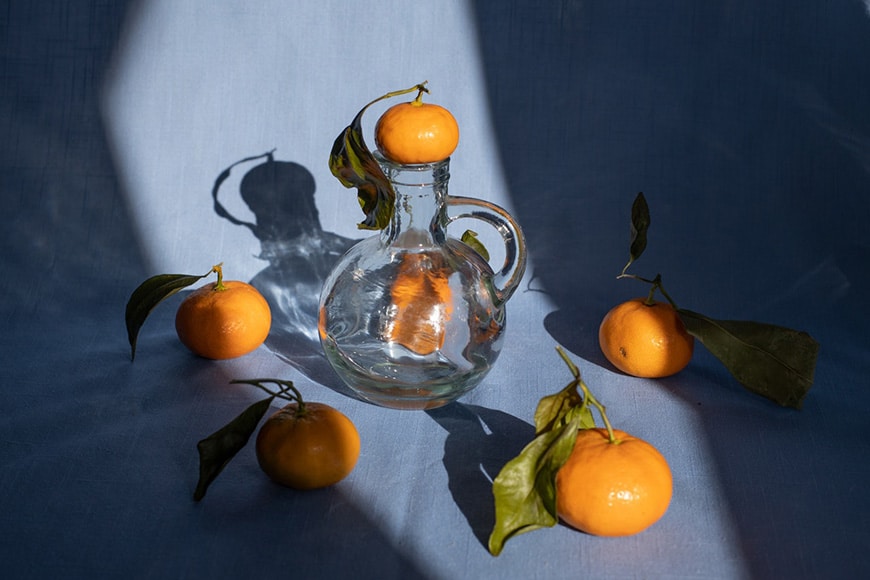
Credit: Jill Burrow
As I mentioned before, it’s always good to plan your still life image. Imagine how you want it to look and draw a sketch that will guide the final image.
However, one of the best photography tips I can share is that once you have that shot, don’t stop there. Still life photography demands that you change the lighting setup, rearrange the objects, change your camera settings and point of view.
Still life photography is all about developing your first idea and getting to work capturing precisely what you envisioned. Then, once you’ve nailed those still life shots, change it up – you just may come up with an even better idea or still life photography composition in the process.
Another essential tip is to be prepared to shoot a number of different still life photography compositions at the same time. If you’ve gone to the trouble to set up your lighting, camera gear, and workspace, you might as well shoot a number of different still life photography compositions.
14. Represent abstract concepts

Credit: Giallo
To put together a creative still life photo, you don’t have to think about the object itself. You can try using abstract concepts and put together the objects that represent them – for example, autumn or love.
To get started with conceptual still life photography, you can browse some photography and art books. Painters have used this technique for centuries, and you can get great inspiration from them and their art.
Photography is no different, and you should take a look at a number of conceptual photography books or even an online portfolio of a conceptual photographer.
15. Keep your eyes open
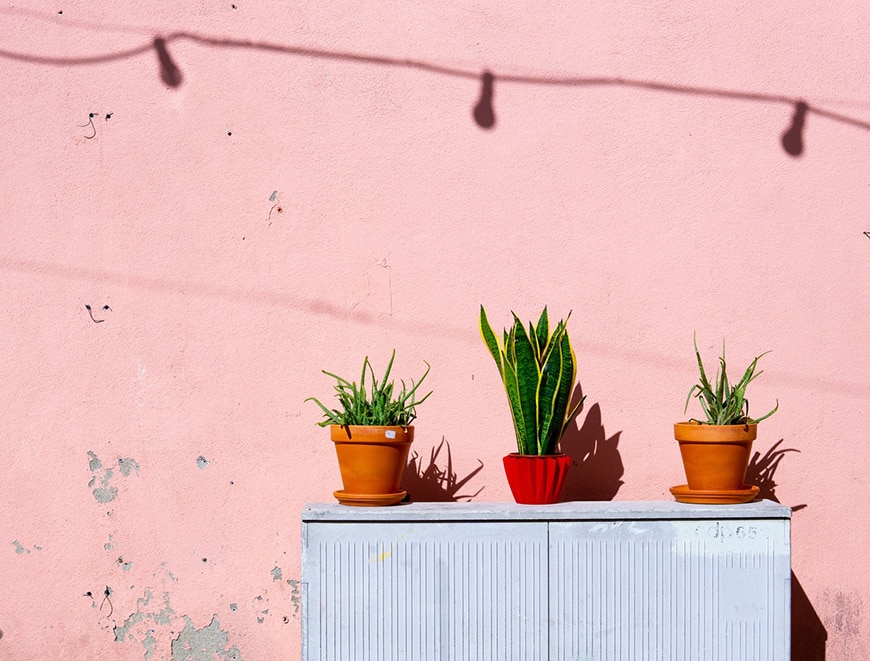
Credit: Elle Hughes
Not all still life is constructed by the photographer in a studio environment with handmade objects or painted canvas.
Sometimes, it’s just a matter of keeping your eyes open for those little treasures that you can turn into the perfect image. Art is everywhere, and it calls the viewer’s attention in lots of different ways.
Many photography genres, such as street and landscape photography, are about seeing the beauty and art that already naturally exists.
‘Found’ still life is as much of an art as still life that’s created. To walk around and recognize something that would make a beautiful photo is a wonderful skill.
So get out there with your DSLR, smartphone, or mirrorless cameras, eyes wide open, and start shooting still life photography.
16. Post-processing
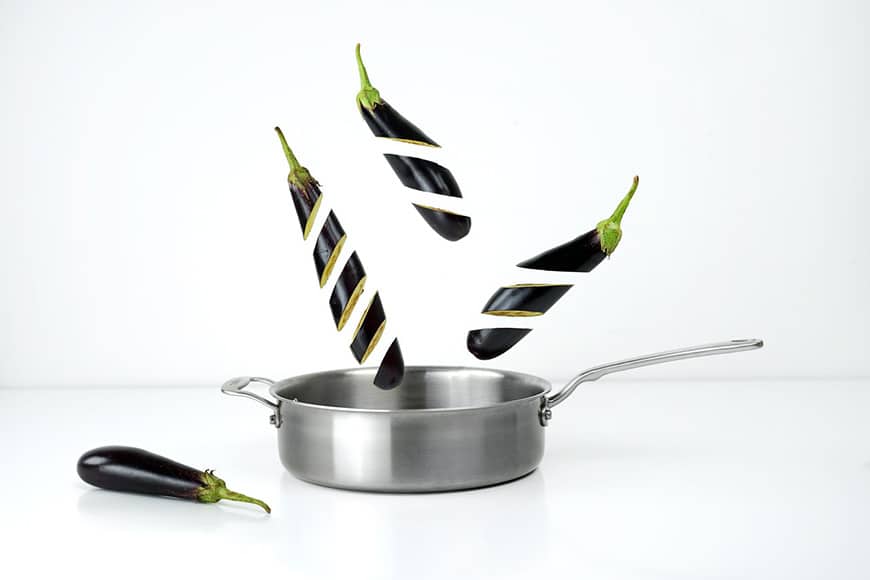
Credit: Toa Heftiba
Post-processing is an important part of still life photography. Often it’s just a small adjustment like tweaking the exposure or correcting the white balance on your still lifes.
Almost all photography, even that shot with a full-frame camera, benefits from a little editing. All pro photographers work with post-processing or editing workflow – the same applies for still lifes.
Other times it’s more complex, for example, healing specks of dust or imperfections that you didn’t see when you were shooting.
A photographer may even remove unwanted objects necessary for production, such as the threads that hold ‘floating’ objects.
You can also do some creative post-processing. For example, make a photo-composite, or add an effect to make your still life photo look like a fine art painting.
In sum, adding post-production to your workflow opens up a world of opportunities to improve and enrich your still life images.
8 Still Life Photography Ideas for Your Inspiration
Here are some still life photography ideas for you to practice at home:
- Food Photography – This kind of still life photography features any food: from raw produce to fully cooked meals. To photograph it as still life, remember that you shouldn’t include a person in the picture – neither cooking nor eating the food.
- Product Photography – This is one of the categories of commercial photography. The main characteristic is that you’re showcasing a product with the intention of selling it. To practice still life photography with products, you can make a composition with them. You can find many examples in makeup brands – think of a photo that includes a set of lipsticks of different shades, for example.
- Flower Photography – Flowers are one of the most classic subjects in still life, and I’m not just referring to photography but paintings too. You can arrange beautiful bouquets or arrange the petals in a creative composition.
- Black and White Photography – Switching from color to greyscale is a good exercise to improve your photography, and it can be very well suited to still life. Objects photographed in black and white get a different mood that you can use for your creative vision.
- Flat-lay Photography – The term ‘flat-lay’ refers to the angle of view rather than the subject. To shoot a perfect flat-lay, the sensor needs to be parallel to the surface where you have the subject. This type of still life photography became very trendy on social networks such as Instagram. You can find many examples and sometimes even contests using the hashtag #flatlay.
- Tabletop Photography – This is a category of still life photography that focuses on objects arranged on a table. It’s one of the most common styles you can find. It doesn’t matter if you’re working with fruits, books, or toys as long as they are on a tabletop.
- Concept Photography – With this type of photography, you’re using your still life objects to represent something other than what they are. For example, in the video above, the photographer uses an alarm clock attached to a balloon to symbolize that time flies.
- Toy Photography – Recreating scenes depicting real life can be a fun and rewarding experience, particularly since these types of humorous photos are typically so popular on social media.
There are examples of still life all around you, so grab an object and check out these still life photography ideas for your inspiration.
Still Life Photography FAQs
What are the 2 types of still life photography?
There are created still lifes, where you purposely arrange a set of objects for your photograph; and found still life, when you stumble upon a nice scene or set up to photograph.
What constitutes a still life?
A still life is an arrangement of everyday objects without a human subject. The objects can be natural such as fruits and flowers, or human-made, such as books or jewelry.
What makes still life photography successful?
A successful photograph starts with the subject; you need to pick the right ones and arrange them properly. Then, use photographic techniques to tell the story you want – consider the lighting, the composition, etc. Successful still lifes take the form of art and create a reaction in the viewer.
What is the best lens for still life photography?
A great all-around lens is a 50mm prime. However, if you can afford to have more than one, short telephoto lenses with macro capabilities make a great addition to your bag.
Why is it called still life?
Still life – both photography and painting – is so named because its subjects don’t move; they’re inanimate objects. The term derives from the Dutch word ‘stilleven’ because it was in the Netherlands, where it was first recognized as an art genre.
How do still life photographers make money?
Commercial clients often ask for still life photography to showcase their products and use them for advertising or editorial purposes. Also, still life photographers often sell their pictures on stock photography websites.
Final Words
I hope this guide explains all there is to know about still life photography. More importantly, I hope that this has inspired you and gotten you excited about creating your own art with still life photography.
Remember that many famous photographers have used this genre to create fine art photography.
Photographing still lifes doesn’t have to be the sole genre of fine art photographers. With a little preparation, inspiration, and a lot of practice, you can create stunning still lifes worthy of any art gallery in the country.
What have been your experiences with any of the still life photography genres we’ve covered in this guide? Do you love food photography, or is product photography more your thing? Don’t forget to share your stories, comments, and questions here to become part of the conversation.
Think big, get creative and start practicing!





